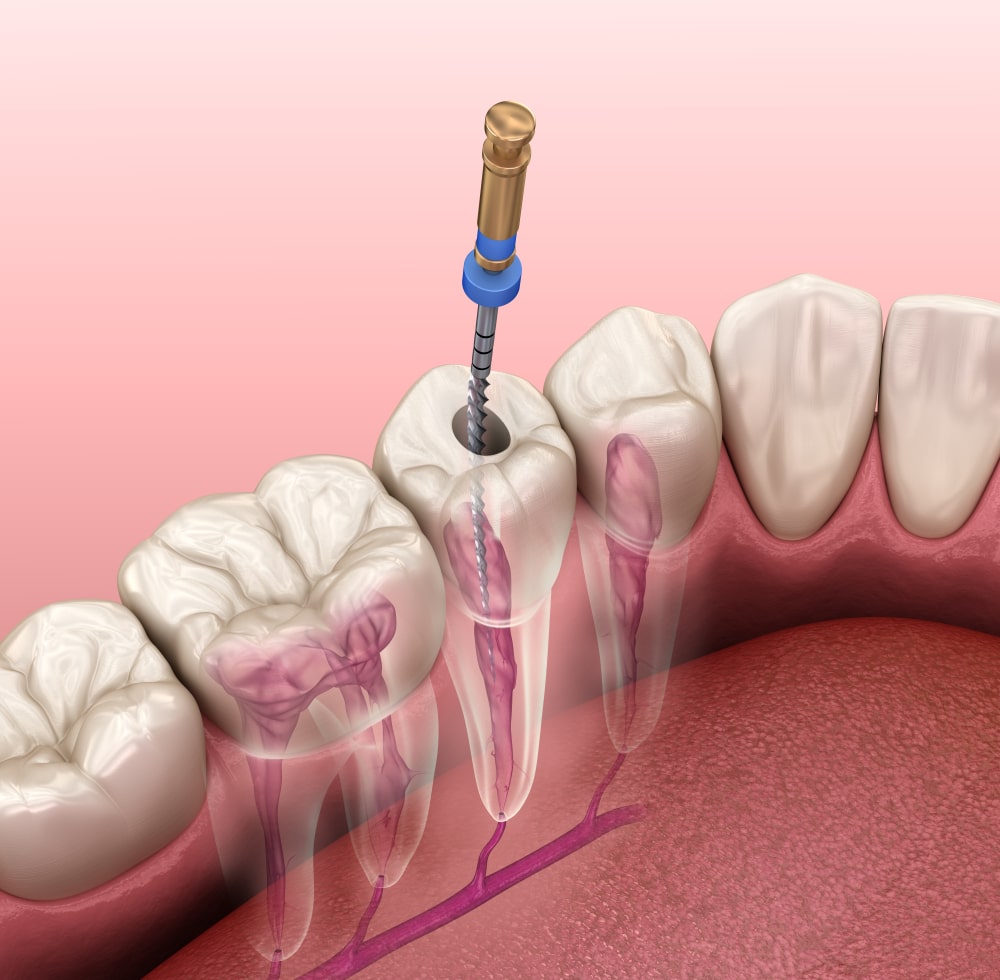Cleaning & Shaping in Endodontics
Cleaning and shaping are crucial steps in endodontic treatment. Ultrasonics are commonly used for these procedures [. The primary objective of shaping is to facilitate cleaning and create space for obturating materials [2]. The extent of apical canal preparation is a topic of debate, as the position of the dentinocemental junction cannot be determined clinically. Traditionally, the apical termination point is set at 1 mm from the radiographic apex, but studies show that the classic apical constriction is not always present. The variability of apical anatomy and factors like root resorption should be considered when determining the length of root canal filling. Studies indicate better success rates when obturation is confined to the canal space, terminating at or within 2 mm of the radiographic apex [2]. A proper seal can be achieved by compacting gutta-percha and sealer against the apical dentin matrix. The decision on where to terminate the preparation is influenced by various factors like apical anatomy, tactile sensation, radiographic interpretation, apex locators, apical bleeding, and the patient’s response [2]. The degree of apical enlargement should be based on the ability to deliver sufficient irrigant, rather than a specific obturation technique


